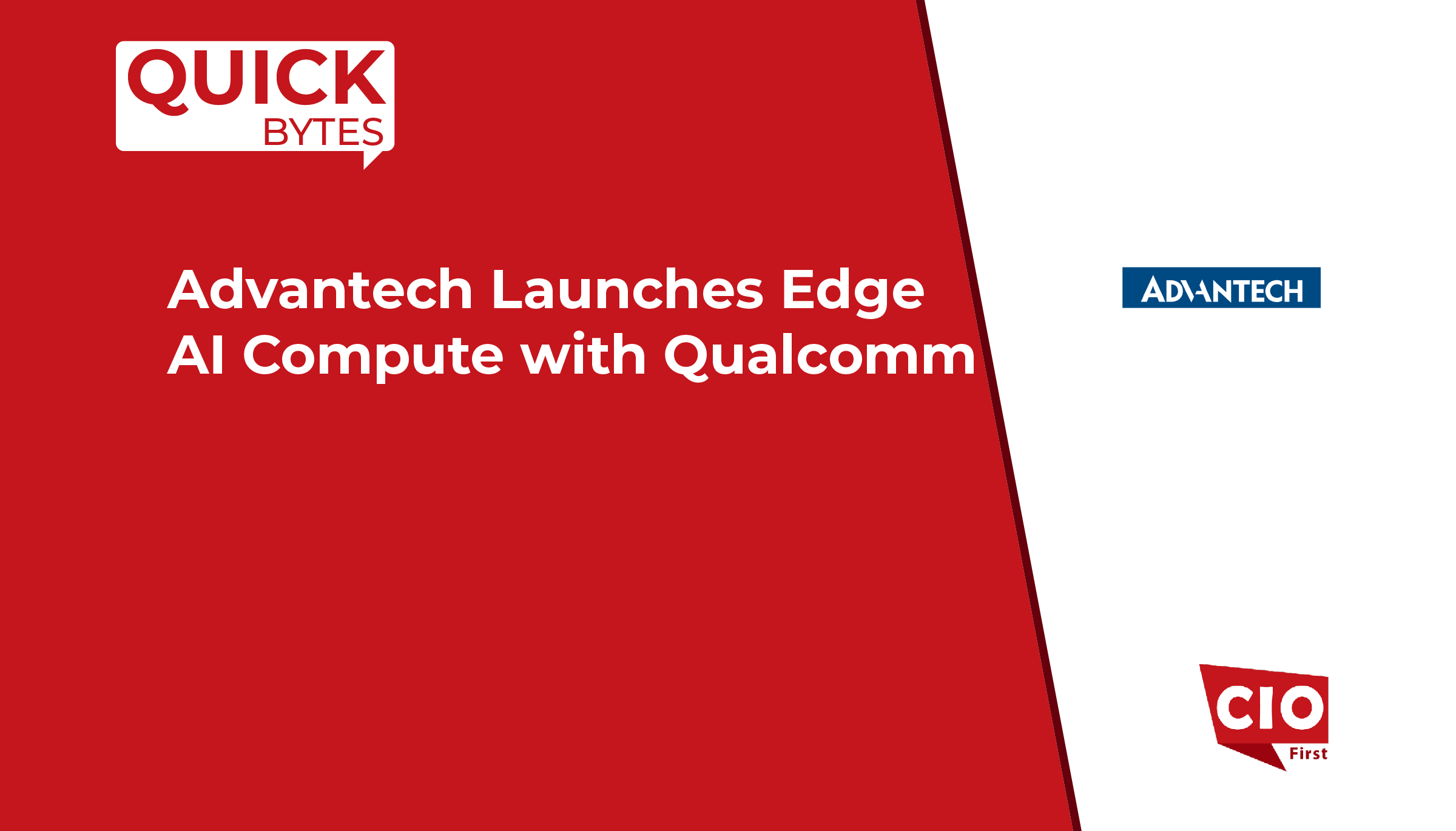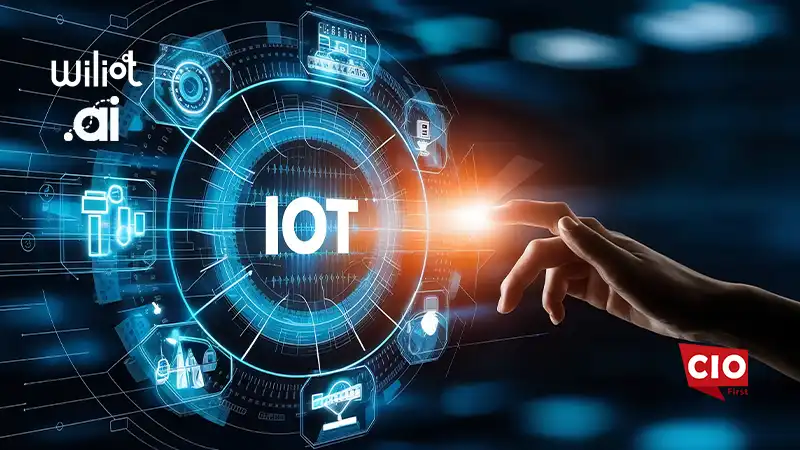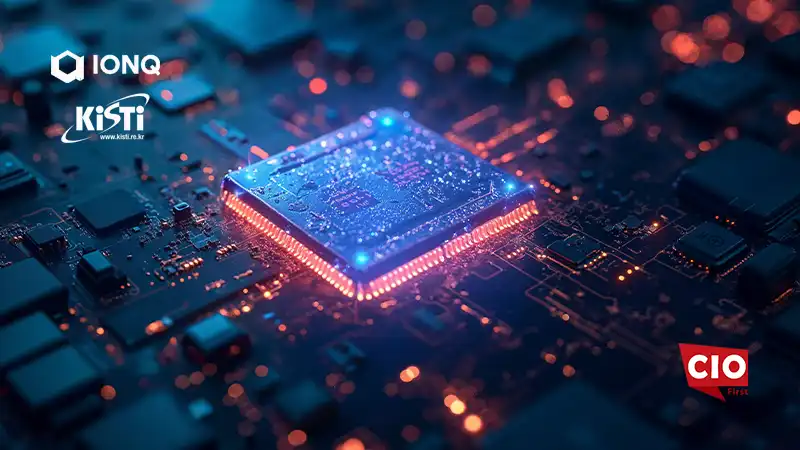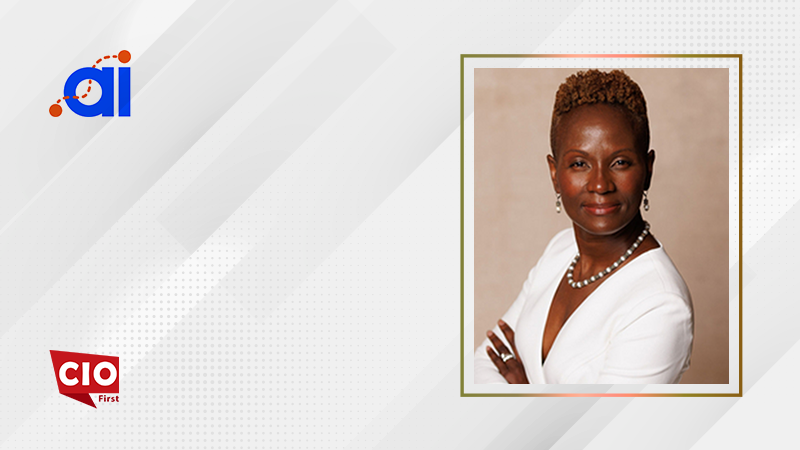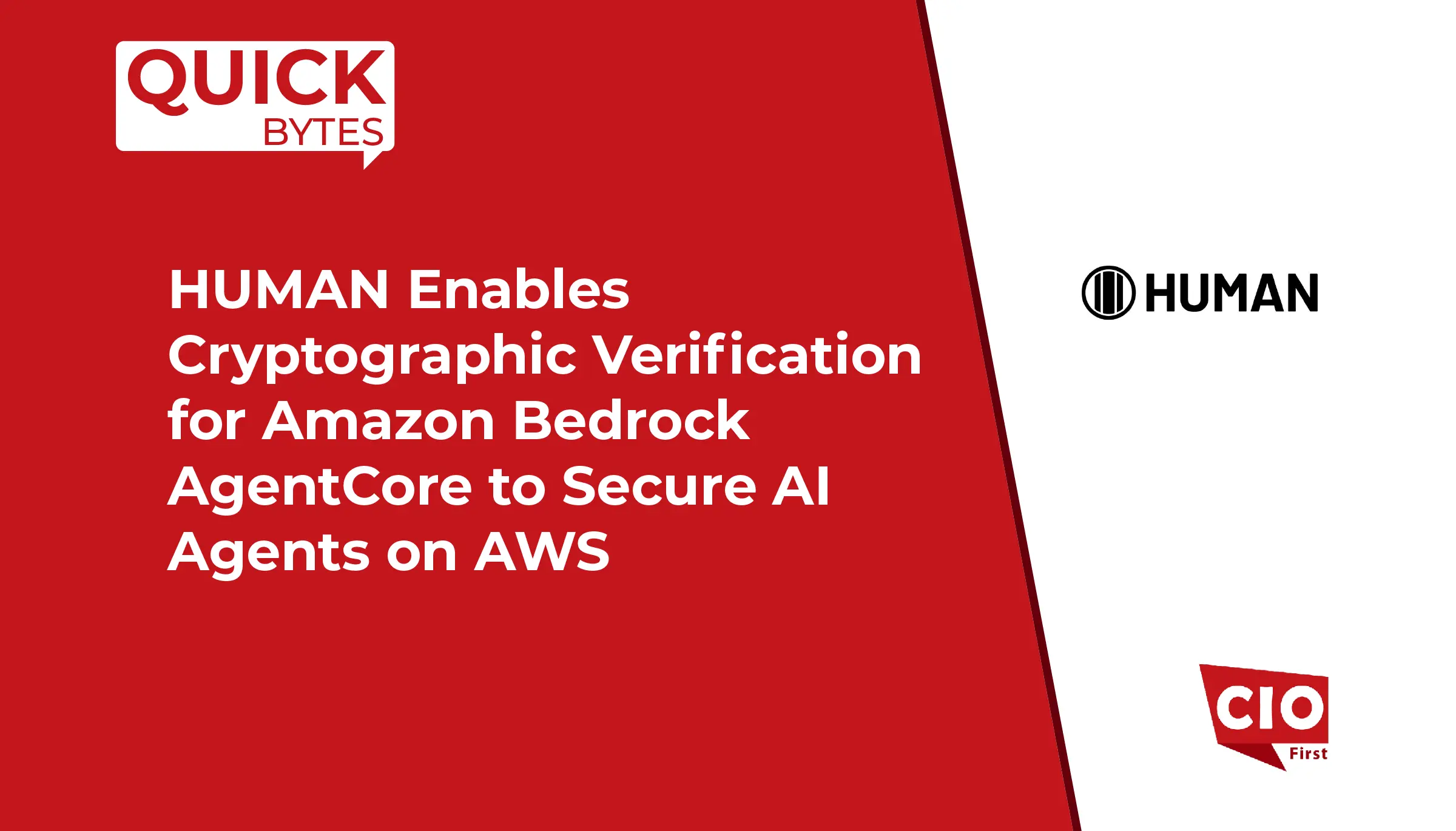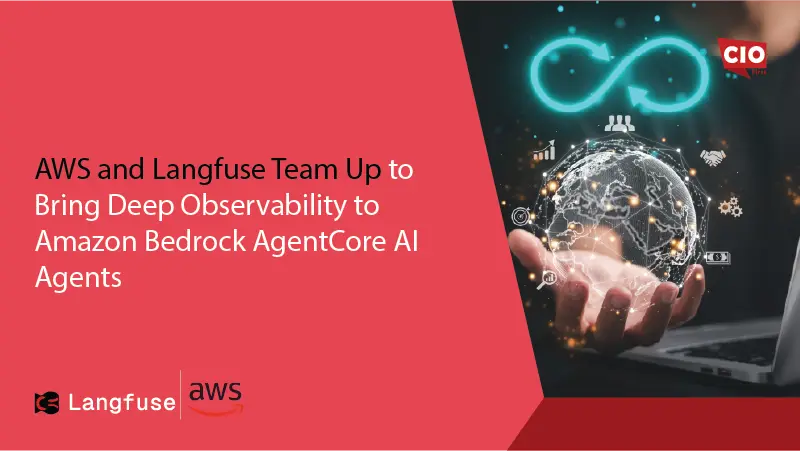“Customers who had earlier lifted and shifted their apps, are now looking to modernize them to reduce costs, and improve business agility,” says VG Sundar, Director of Business Development, Amazon Internet Services Private Limited, in an exclusive interview with EnterpriseTalk.
ET Bureau: Many firms debate their cloud readiness internally, with separate business groups often having opposing viewpoints. What have been the most persuasive reasons in favor of migration, and has the value proposition been met?
VG Sundar: While cost and innovation continue to be key factors for customers to move to cloud, the last two years have added another key reason i.e., future proofing businesses. That meant two big changes. Firstly, business continuity in the face of disasters that we have not seen before. Customers who thought they were well prepared for disasters realized they were not so prepared after all, as people could not get to the data centers, and as lockdowns extended to multiple states, they couldn’t access their disaster recovery sites either. Key people falling ill also exposed the lack of automation that was essential in such times.
Secondly, with customers not keen to do physical meetings, transactions had to move to fully digital or at least “phygital”, which required reconfiguring customer journeys on the fly, rethinking rules engines and forecasting tools that had not been built for such drastic and unprecedented events, and even rethinking KPIs. Many of the early movers have not only managed the infra changes well, but are also well into the apps change. However later movers have just completed the first change or are in the process, and have yet to tackle the tougher problem of apps changes. So, it would be fair to say that early movers have begun to see the full benefits, while the others have seen a part of it.
Also Read: Challenges of Data Mesh Architecture
ET Bureau: What challenges are businesses currently seeing in their cloud migration journey? What are the obstacles that cloud vendors address?
VG Sundar: The biggest challenges for large organizations to move to the cloud can be categorized as technical, and more importantly people and culture. On the technical side, modernizing legacy apps to drive the changes mentioned above is a non-trivial task, that can take years. The lock in to legacy license contracts often constrains the ability to unlock innovation and move rapidly. AWS helps companies modernize their legacy apps, and in the process reduce the costs and constraints due to legacy license contracts. On the people and culture side, four key changes are critical to address the obstacles.
- First, the senior leadership team needs to be aligned towards why they must move to the cloud and need to set clear directions and expectations for the rest of the organization.
- Secondly, bringing in people who are builders by nature and are willing to challenge the status quo are critical.
- Thirdly, it is important to equip them with the right tools and training and give them the freedom to build, and innovate.
- Fourthly, it is vital to have a feedback loop to be data driven by measuring the impact, and reporting back to the leadership and course correcting where required.
ET Bureau: Why is it critical for businesses to modernize their applications and infrastructure sooner rather than later?
VG Sundar: Early mover advantage was always critical in any business, but more so since the pandemic for three reasons. One, the hit that many companies with legacy tech (both infra and apps) took in terms of business continuity exposed the need to modernize sooner rather than later. While we all hope we don’t see any more serious waves, the need to change to adapt and future proof businesses has become urgent. Two, businesses don’t stand still. So, if they don’t modernize their legacy apps, the technical debt they carry will only increase with more customizations and integrations getting added. Hence, the earlier they bit the bullet and modernize, the better. Three, the war on talent is heating up daily. Companies seen as going digital, modernizing and innovating, are attracting the best talent. Therefore, moving faster will help get ahead in the war for talent.
ET Bureau: What makes more sense: modernization or lift and shift?
VG Sundar: The answer will always be a bit of both, depending on the customer priorities and the potential to benefit by modernization. As a result, we help customers analyze their apps portfolios, and identify what to migrate using lift and shift, where to modernize, where to replace old apps with new SaaS apps etc. However, in the last 12-24 months we have seen added interest from customers to increase the share of modernization to reduce the dependence on legacy vendors, and their restrictive contracts while maximizing the benefits of cloud adoption. Customers who had earlier lifted and shifted their apps, are now looking to modernize them to reduce costs, and improve business agility.
ET Bureau: How can you determine whether a cloud migration was a success?
VG Sundar: There will never be a single measure of success, especially in large companies. We have seen cutting edge companies that benefited from moving to the cloud measure the impact on multiple dimensions. One, whether the business priorities and metrics that were the original drivers have been met. Two, whether IT specific metrics like uptime and resilience, performance at scale, improved security posture etc., have been met. Three, whether the company is able to attract and retain the best talent. Four, whether a data driven culture of decision making has been established. Documenting the baseline, having a clear vision of what good looks like, establishing reliable measurement mechanisms, and having a strong governance are critical to ensure success.
ET Bureau: What do you think the future holds for AI, Machine Learning, and cloud computing platforms?
VG Sundar: On cloud platforms, three changes are being seen. One, the relentless move to move up the value chain and offer more value-added services that can help customers innovate, drive better decision making, and modernize their apps. Two, in line with the drive to future proof, vendors are offering better services to improve resilience and security. Three, some though not all vendors are rapidly improving choices for customers by offering open source and low-cost options that can help customers reduce their dependence on legacy software contracts, and chips based on ARM that drastically improve price performance ratios.
AI/ML will definitely drive profound changes not just in how businesses operate but how society as a whole evolves. We expect to see AI/ML evolve from being standalone tools to become more deeply embedded into business processes, into connected products, and decision support tools.
[vc_column][vc_tta_tour][vc_tta_section title=”VG Sundar” tab_id=”1602598322051-0408cb00-0e1c”][vc_column_text]
VG Sundar is the Director of Business Development for Amazon Internet Services Private Limited (AISPL), across Migrations and Modernizations, Digital Innovations and Specialty products and has about 25 years of experience in the industry. He has been with AWS for 5 years and currently is a part of helping marquee customers across industries modernize and migrate large tracts of their IT estate and key applications including ERPs like SAP, core insurance, loan management and loan origination.
[/vc_column_text][/vc_tta_section][/vc_tta_tour][/vc_column]






